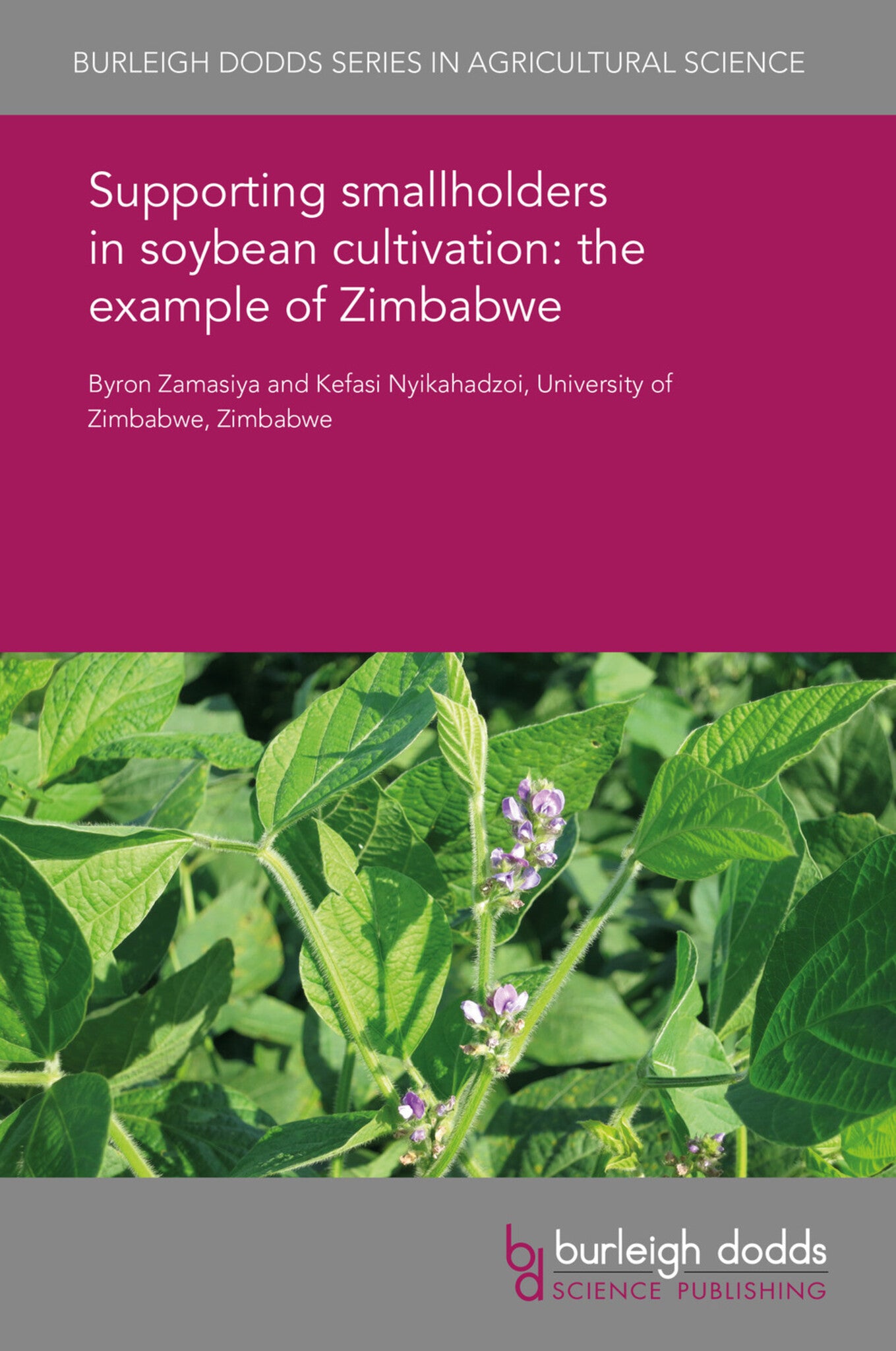We're sorry. An error has occurred
Please cancel or retry.
Supporting smallholders in soybean cultivation: the example of Zimbabwe

Some error occured while loading the Quick View. Please close the Quick View and try reloading the page.
Couldn't load pickup availability
- Format:
-
31 May 2018


TECHNOLOGY & ENGINEERING / Agriculture / Sustainable Agriculture, Tropical agriculture, TECHNOLOGY & ENGINEERING / Agriculture / Tropical Agriculture, TECHNOLOGY & ENGINEERING / Agriculture / Agronomy / General, Sustainable agriculture, Agronomy and crop production

1 Introduction 2 Background to soybean production in Zimbabwe 3 Review of selected soybean promotion projects in Zimbabwe 4 Constraints to soybean cultivation in Zimbabwe 5 Opportunities for soybean cultivation in Zimbabwe 6 Conclusion and recommendations 7 Where to look for further information 8 References



